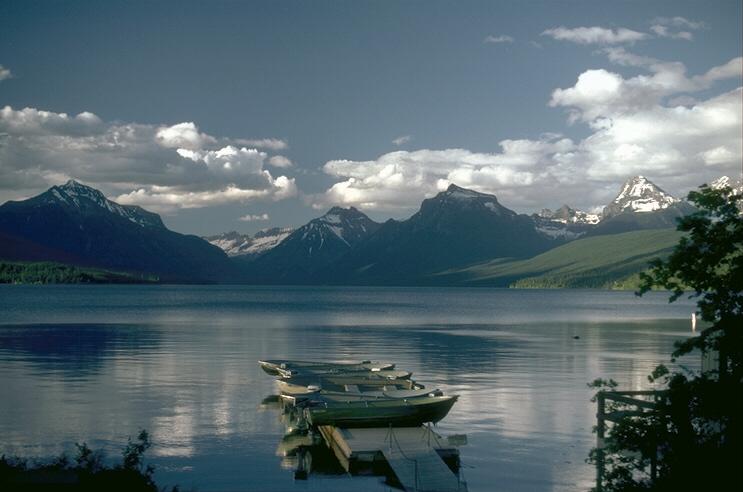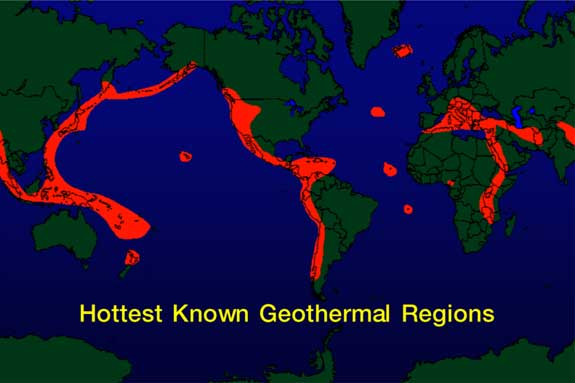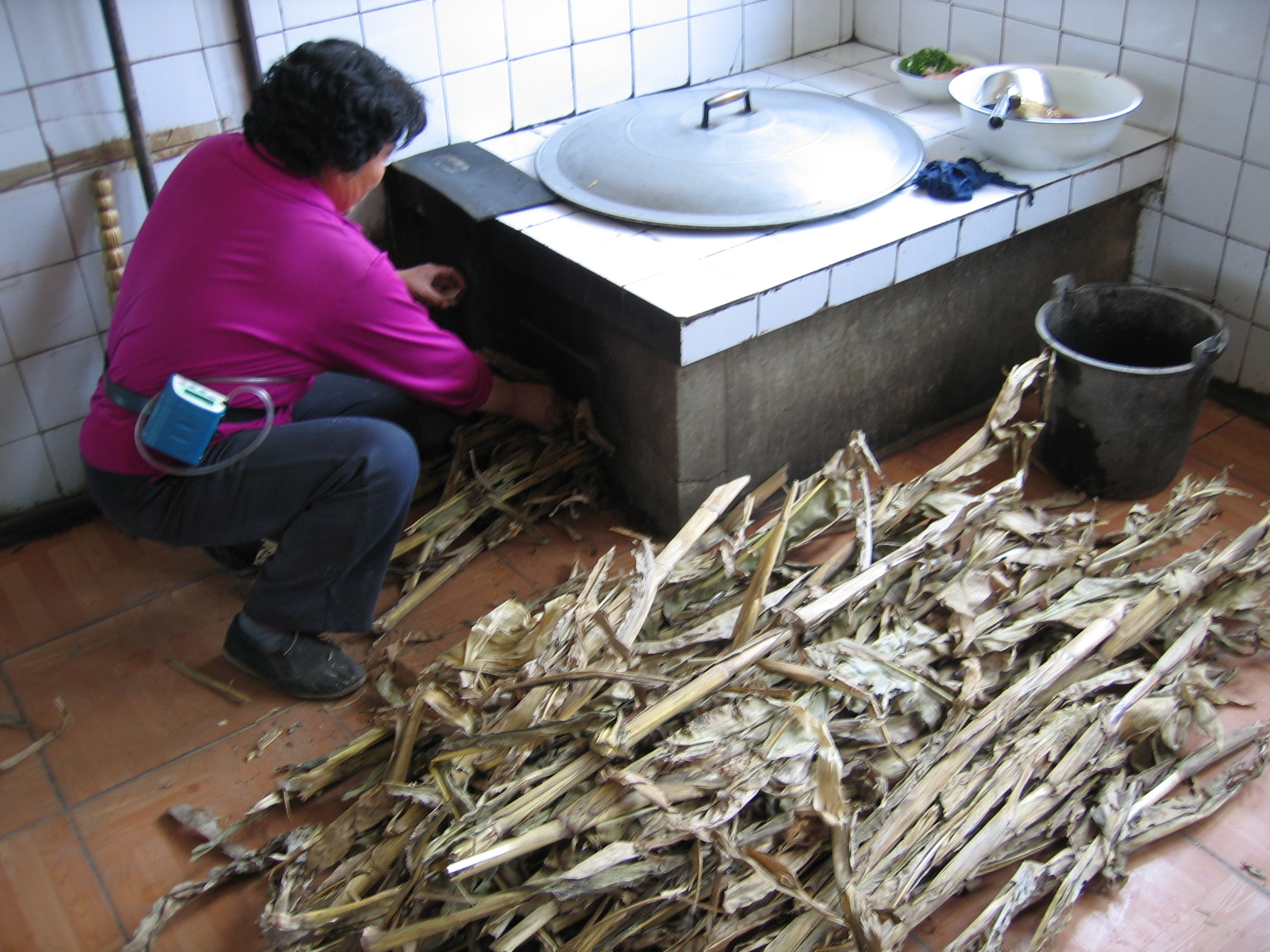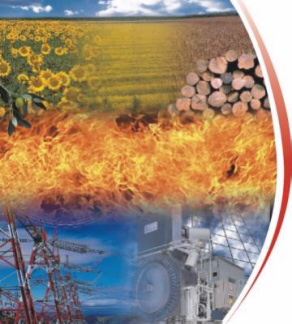|
Pros:
Hydropower is a clean source of energy. It does not produce any green house gases or radioactive/toxic wastes.
When dams are created, huge amounts of land become flooded with water. A lot of fish live in reservoirs created by hydroelectric
dams. Not only can this diversify the ecosystem, but it is also good for people, who use these reservoirs for recreation (fishing,
sailing, etc)
Hydroelectric dams are extremely efficient at producing electricity. Some of today's hydropower plants have efficiencies
as high as 90%.
Hydropower is produced at very low costs. It's inexpensive to manage hydropower plants.
Hydropower is the primary source of renewable energy. More than 97% of all electricity generated by renewable sources
is produced by hydropower. In the world around 20-24% of all electricity is produced by Hydropower.

Cons
There may be temporary disruptions to the ecosystem when the dams are built.
With the dams, the downstream water flow may be significantly reduced.
Some fish's migration cycle becomes disturbed.
Flooding of the land upstream of the dam can damage the ecosystem.
Hydropower plants can only be built where there is water.
Geothermal
Pros:
Unlimited supply of energy
It is relatively clean. Geothermal plants do release some carbon dioxide, and hydrogen sulfide, even though they don't
burn any fossil fuels.
Geothermal plants are very environmentally friendly.

Cons:
Geothermal plants can only be built in some areas of the world, so it cannot supply every part of the world with energy.
Startup costs are expensive
Biomass
Pros:
Abundant and renewable
Waste can be disposed in a way which also creates energy
Surrounding forests can act as sinks for CO2 emissions.

|
| A person burning biomass fuel |
Cons:
Produces air pollution, but not as much as from fossil fuels.
Some argue that biomass should be used for soil amendments, composts or fertilizers.
Some links:
Pros and cons of different renewable sources of energy
Summary of renewable energy sources
Facts on hydropower
|
